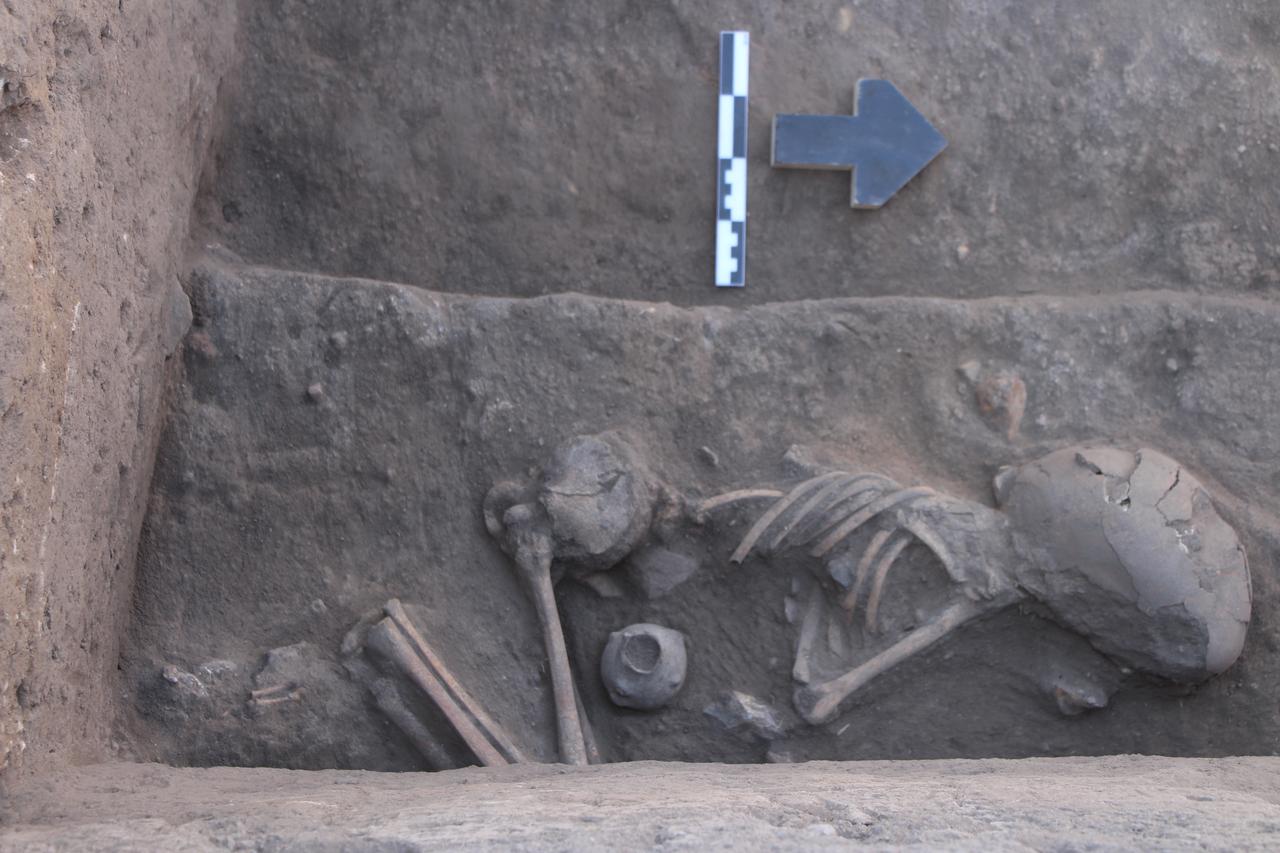
Archaeologists at Kulluoba Hoyuk, a prehistoric settlement mound continuously inhabited from 3,200 to 1,950 B.C., have uncovered burned seeds and plant remains scattered into graves, pointing to an Early Bronze Age burial practice that treated death as a passage rather than an end.
The discovery adds strong evidence of the cult of the dead at the site and highlights an agricultural treasure embedded in local belief.
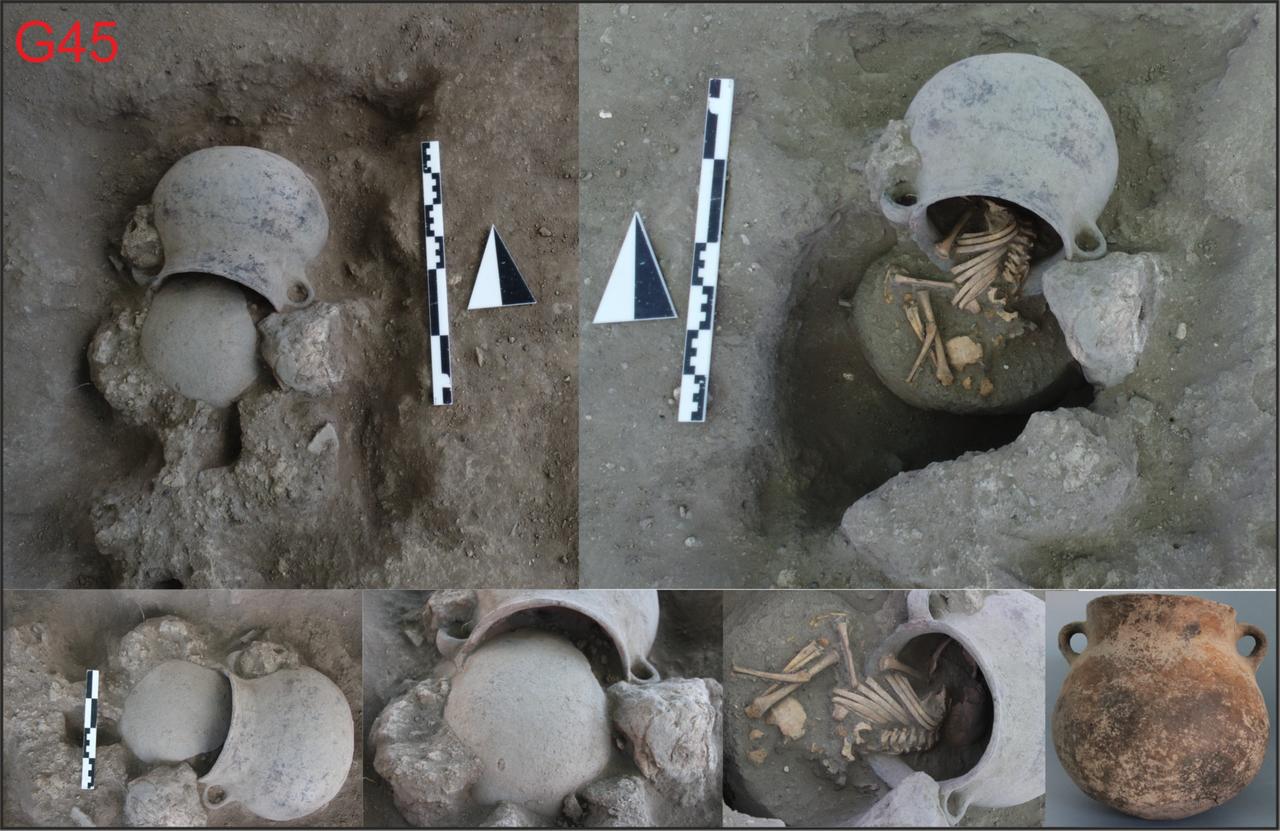
Excavations led by Professor Murat Turkteki of Bilecik Seyh Edebali University, operating with permissions from the Ministry of Culture and Tourism’s Directorate General of Cultural Heritage and Museums and supported by local institutions and a private sponsor, focused on the cemetery outside the settlement.
The team identified traces of wheat and barley—listed by the researchers as gernik wheat, siyez, bread wheat and durum wheat—alongside legumes such as lentil, pea and karaburcak (black vetch), which had been burned and then sprinkled over or into graves. Some were found inside jar burials and occasionally within mudbrick cists.
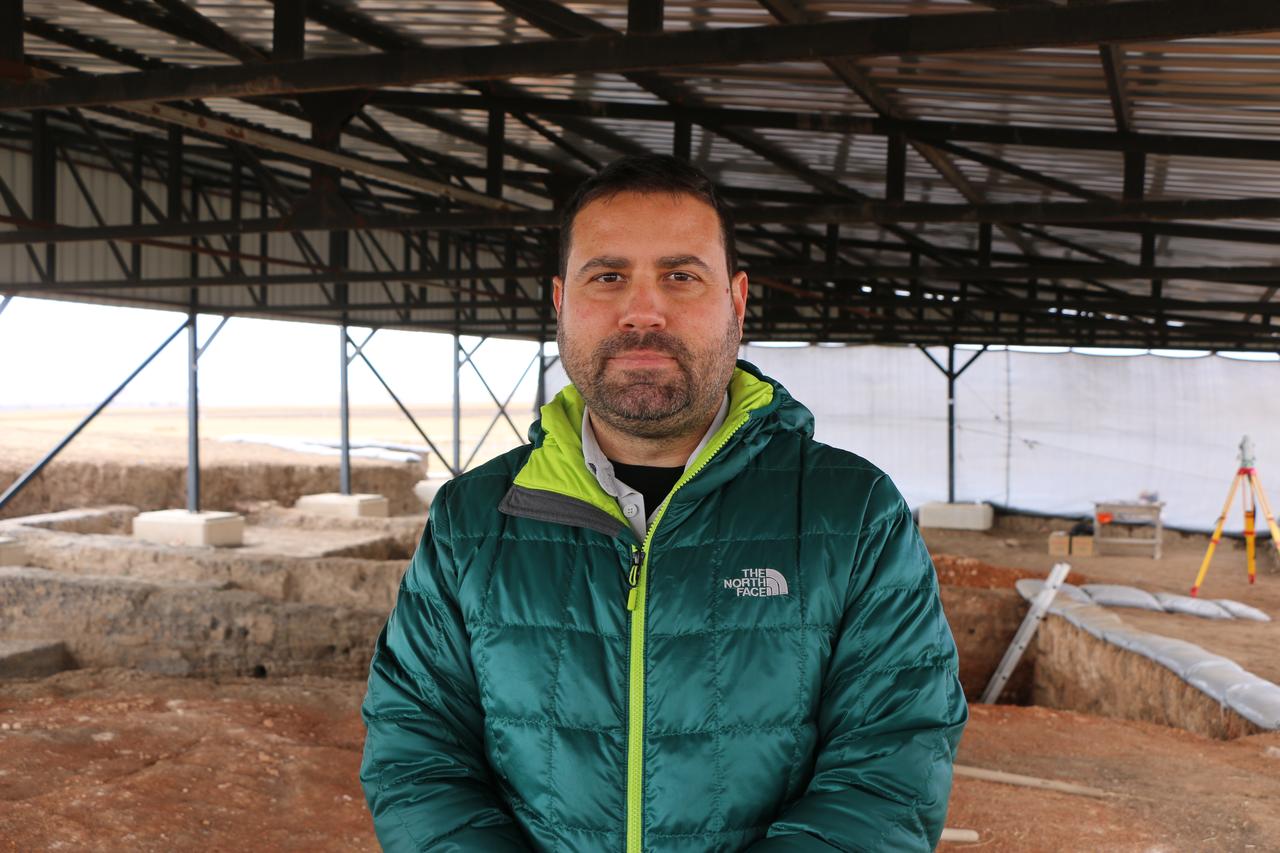
Turkteki noted that similar practices are known from other Anatolian sites, yet this year’s Kulluoba finds stood out for unusually large seed fragments.
He said these likely came from seed stock kept for planting, then intentionally placed during interment.
As he put it, “Every seed is a new beginning… Death is not an end, but a new beginning.”
The Kulluoba cemetery dates back roughly 5,200 years and appears to have remained in use for about three centuries. Excavators have documented traces belonging to over 160 individuals.
Turkteki underlined that Early Bronze Age communities here lived primarily by farming and that wheat remained the main crop, shaping the local economy, so its presence in graves reads as continuity between daily life and beliefs about the afterlife.
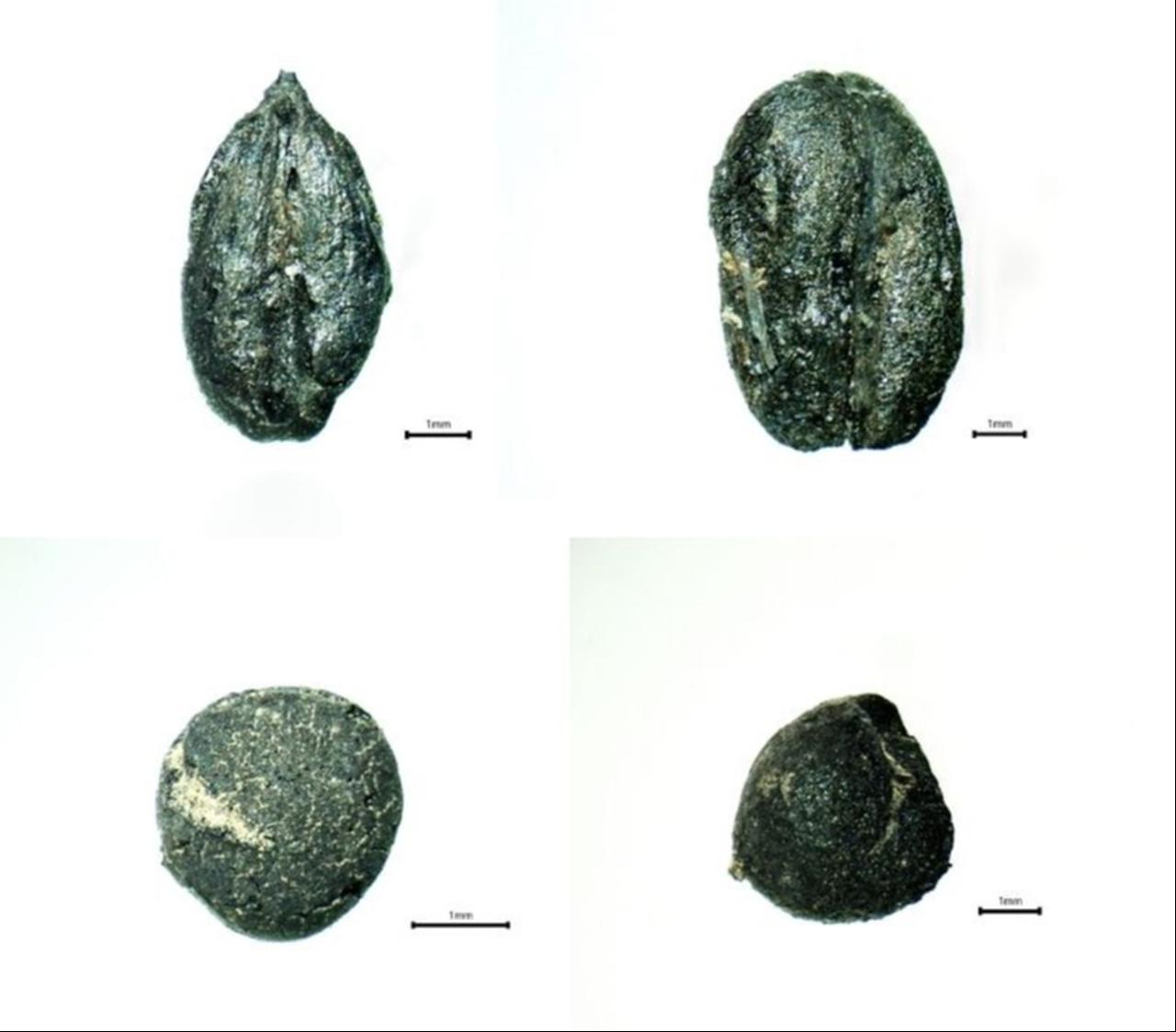
Archaeobotanist Abdurrahim Cavit Ozcan reported that the team also recovered blackberry remains, suggesting that surrounding vegetation played a role beyond mere environment.
He said the presence of such plants indicates a bond with nature that persisted even in funerary contexts, reflecting belief, identity and ecological awareness.
Ozcan added that wild plants were visible in meaningful quantities. Among those recorded were Arap baklasi, kuduz otu, taskesen, yogurt otu and ak sirken.
He argued that burning and scattering these plants formed a symbolic language of mourning, expressing an ancient understanding of death as transformation and reinforcing a deep, enduring link between people and the natural world.
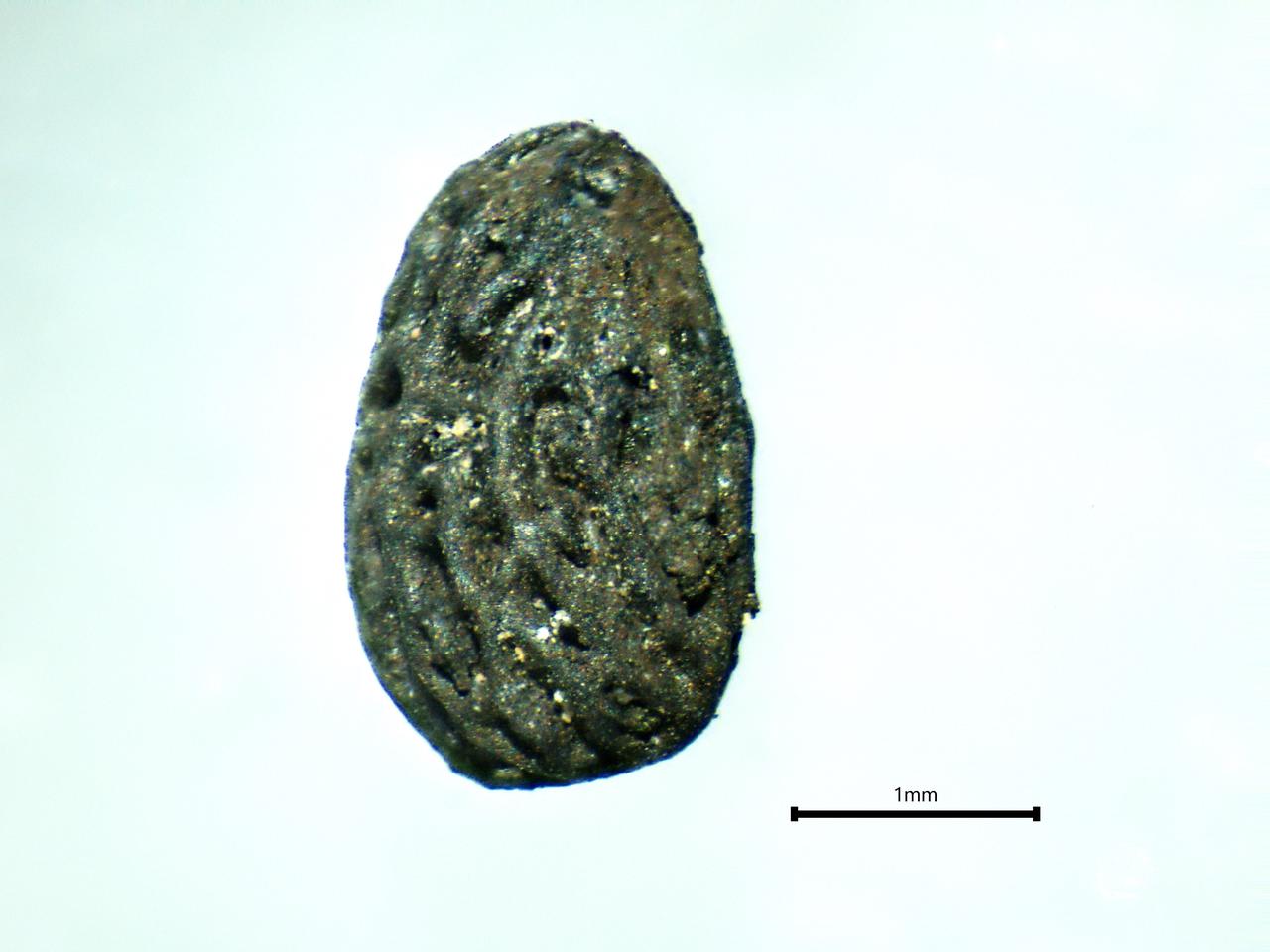
For an international audience, Hoyuk refers to a stratified settlement mound formed by long-term human occupation. The Kulluoba findings show how agricultural life—crops saved for sowing, foods essential to the diet—moved from fields and storage into funerary space.
The plant layer within graves, therefore, reads not as random debris but as a codified rite: a material expression of belief that aligns the cycle of sowing and sprouting with ideas about death and renewal.